Life is within reach: the search in the solar system
 Bashny.Net
Bashny.Net
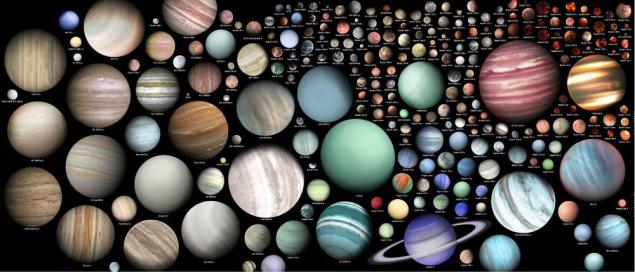
Source . Detail of painting by Martin Vagritsa, which depicts 500 exoplanets. I> sup>
Our planet - paradise. This is not about advertising white beaches, fleeing in a clear ocean. Every corner of the Earth - the best place to live. Life is in the icy wastelands, and on the mountain slopes in areas of radiation contamination, in deserts and swamps. Some species exist in submarine volcanoes, in a preheated 300 ° C environment filled with hydrogen sulfide, heavy metals and various poisons. The vast territory of the world is well suited for the development and reproduction of even fragile organisms such as Homo sapiens.
The surface of most of the planets known to us is a total hell in which it is difficult to imagine the existence of even inorganic forms of life. Nevertheless, «I still want to believe» - search for traces of life in the universe continues. Humanity is looking for exoplanets , исследует radio waves and laser light hundreds of galaxies, speculate about the construction Dyson sphere . All of these methods one drawback - they can be found living in the distance, irresistible to civilization today.
We bring you a little refreshing optimism that science does not preclude the existence of a complex organic chemistry at a distance of direct contact. That's where now looking for life in the solar system.
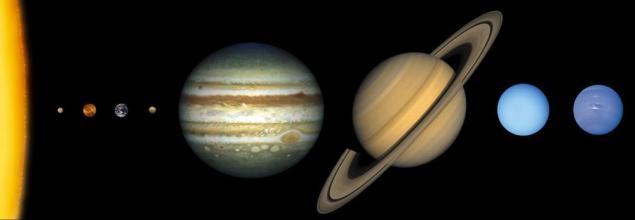
Mercury
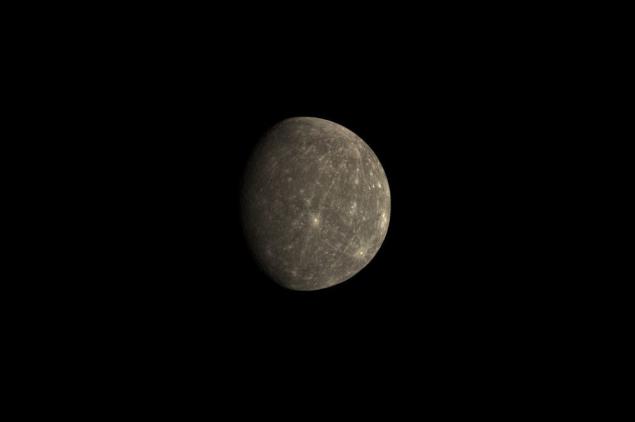
Everything is bad. If you are living protoplasm, and want to go on vacation at the Mercury - choose an easier way to commit suicide. On the day side of Mercury's surface warms up to +430 ° C, and at night goes down to -180 ° C. On the surface, the temperature is measured in the hundreds of degrees above zero, but at the bottom of craters could be an ice age millions of years.
With virtually no atmosphere and so close to the Sun, the presence of life seems unlikely.
Venus
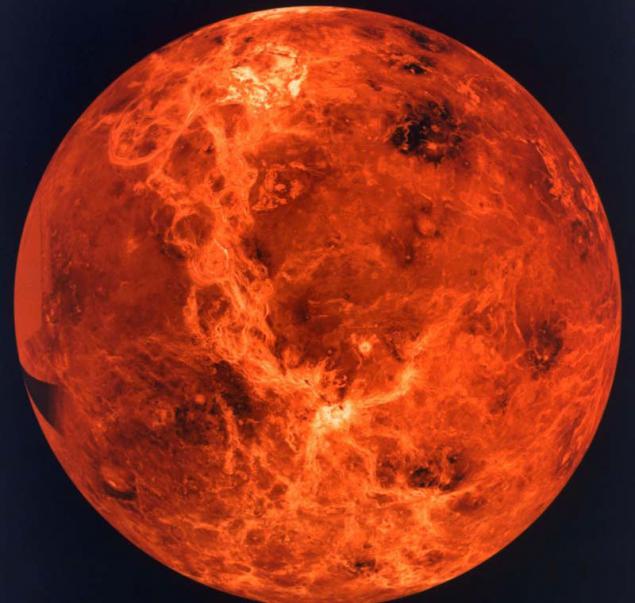
© NASA / JPL i> sup>
Not everything that has a beautiful name, so is it really is. Venus - the only female name among the planets of the solar system, but anything good from it should not wait. The planet's surface coyly hiding in thick clouds of sulfuric acid, a thick atmosphere composed primarily of carbon dioxide. The atmospheric pressure at the surface of Venus is 92 times greater than Earth's. The surface temperature is higher than that of Mercury - up to +475 ° C, and the temperature difference between day and night sides of the planet is virtually absent.
Because of the dense cloud cover on Venus is almost no clear days (residents of St. Petersburg must be like). The atmosphere of Venus is 97% of CO 2 sub>. The planet is almost no water. The surface of Venus is constantly bombarded by charged particles - the effect the lack of a global magnetic field.
No serious evidence of the existence of life in the clouds or below the surface of Venus is not.
Mars
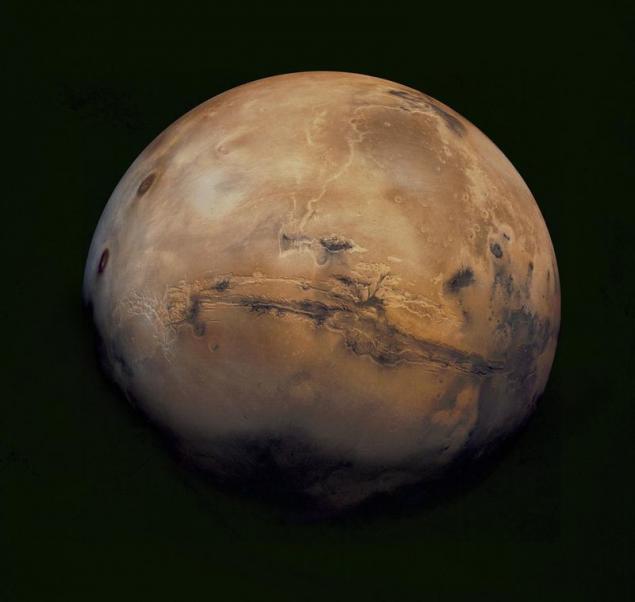
Источник.
The Red Planet is considered one of the most promising areas of space expansion of life. Climate wearing seasonal in nature, a temperature on the planet ranges from -153 ° C in the winter pole to over +20 ° C at the equator at noon. The average temperature is -50 ° C. The atmosphere of Mars is 95, 32% consists of carbon dioxide.
Automatic interplanetary station Mars Reconnaissance Orbiter recently обнаружила evidence of the existence on the surface of Mars, liquid water, which is a good basis for microbial life. In winter, the surface of the planet, frost may form, but in the warm season there are streams of salt water.
Now scientists are virtually уверены, that in the past the microorganisms on Mars were. With regard to the current situation - the research continues. According to the plan, in 2016 the mission starts exomars (itself landing on the Red Planet is planned for 2018), whose main objective is to search for possible traces of past or present life on Mars.
Jupiter and its satellites
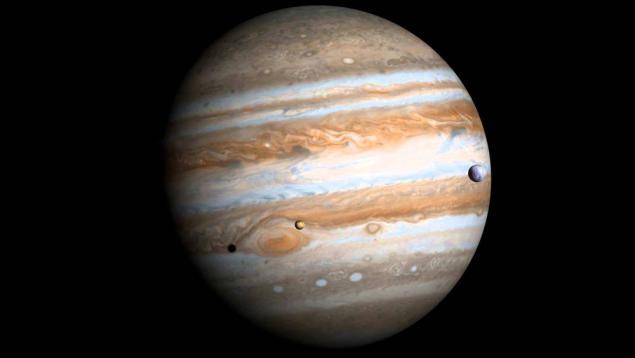
© NASA / JPL i> sup>
On Jupiter, the surface itself is not - it is a gas giant. The two main components of the atmosphere - molecular hydrogen and helium. The lower layer of the atmosphere temperature is -130 ° C. Wind speed can exceed 600 km / h.
Currently, the existence of life on Jupiter seems unlikely, but in some of its satellites, the conditions for the emergence of life is much greater.

© NASA / JPL i> sup>
In Europe, the fourth largest satellite of Jupiter, the ice surface, but underneath lies a global subsurface ocean hydrothermal sources. The existence of ocean ice is also expected on satellites Callisto and Ganymede, however, another source of energy, in addition to background radiation, they do not.
Life on the moon's surface is virtually impossible. The temperature is kept at -170 ° C, recorded on the surface of an increased radiation background. However, there is a possibility that the oxygen in the ocean in Europe, could be enough to sustain life of aerobic organisms. Find out more about the life of the satellite, we can only ten years later - in the mid-2020s to the European mission will travel with the working title Europa Clipper .
Saturn and its moons

© NASA / JPL i> sup>
The upper layers of the gas giant composed mostly of hydrogen. Saturn can not support life in the form in which we know it, but the planet has several promising research satellites.
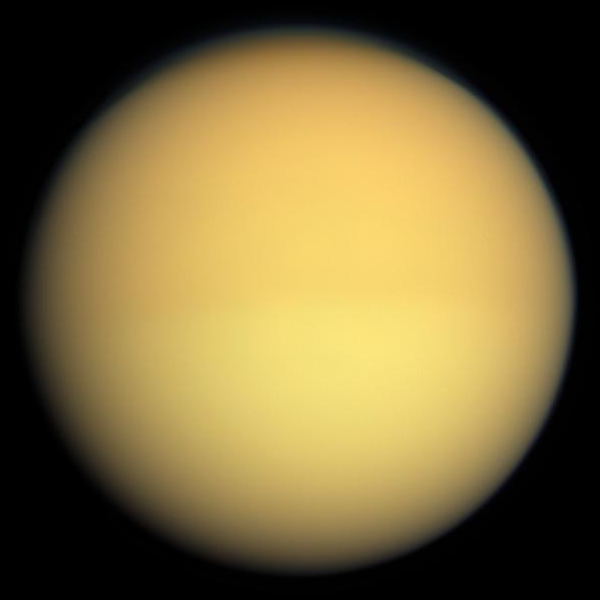
© NASA / JPL i> sup>
Thus, on the surface of Titan, the largest satellite detected fluid (methane and ethane). Titan's surface has not the most favorable conditions for the emergence of life - up to -180 ° C, and the complete absence of oxygen. The dunes, which you can see in the photo above, formed hydrocarbon.
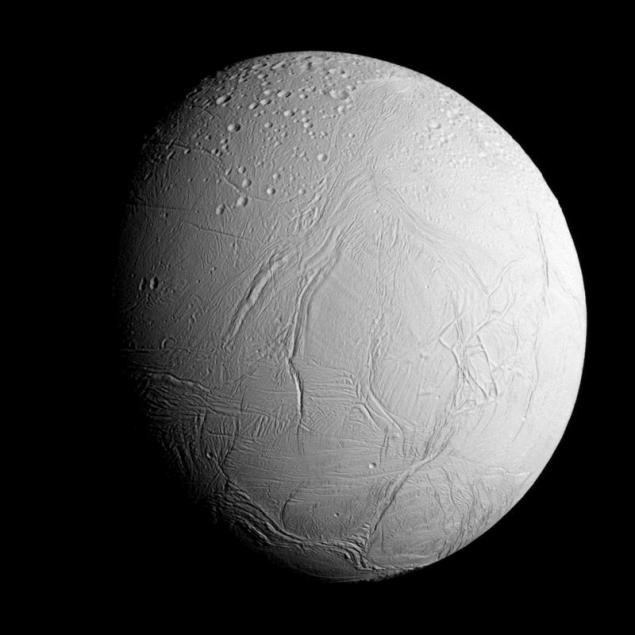
© NASA / JPL i> sup>
Another moon of Saturn - Enceladus - the most likely candidate for the presence of extraterrestrial life in the solar system. The surface temperature of -200 ° C, but under the icy crust lies a salty liquid ocean, heated internal heat source. According to data obtained from the research station Cassini, the temperature in the depths of the ocean can reach +1 ° C.
October 28, 2015 Cassini probe flew within 49 km of Enceladus, and the data collected from the surface of hydrothermal emissions. Full analysis of the data should be completed in the coming weeks.
Uranium
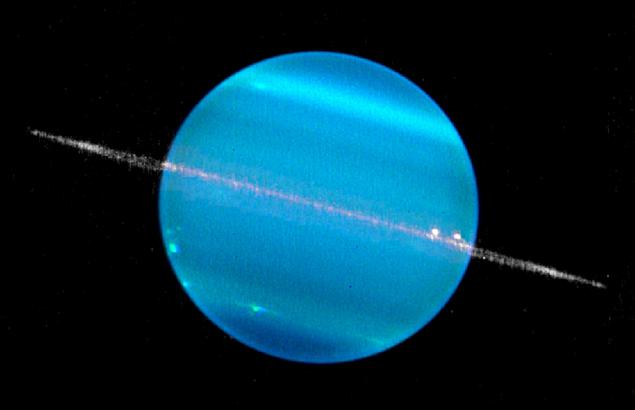
Ice giant whose atmosphere is composed of hydrogen and helium, it is not conducive to the presence of life - is the coldest planet in the solar system, with a registered surface temperature -224 ° C.

© NASA / JPL i> sup>
Ariel - satellite of Uranus - can have ice ocean, and hence the traces of life. Unfortunately, in the coming years concrete plans to study Uranus and its moons are missing.
Neptune
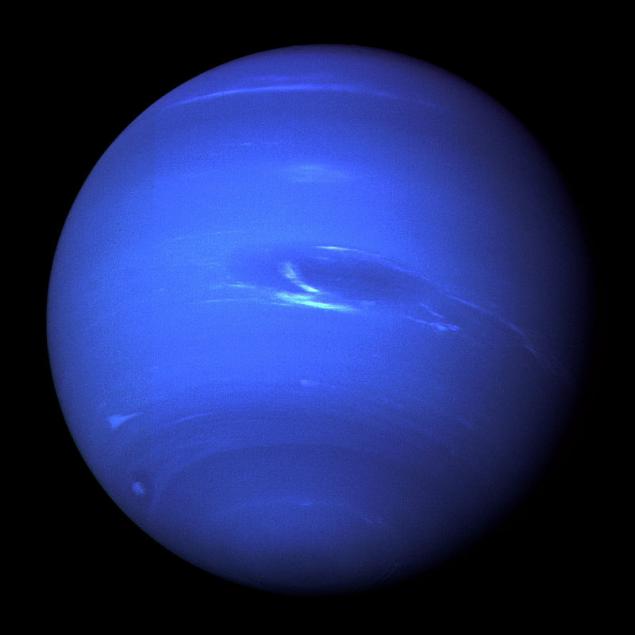
The farthest (sorry, Pluto) planet in the solar system with an average temperature of -200 ° C and winds reaching nearly supersonic speeds - about 600 m / s. The gas giant, with all the difficulties of life.
Slightly better things on the satellite of Neptune - Triton. The surface temperature of -235 ° C, but it is assumed that the satellite may be a liquid ocean from a mixture of ammonia and water. However, the temperature of this mixture can not be higher than -97 ° C, which excludes the existence of life in the usual sense of the earth.
Pluto

© NASA / Johns Hopkins University Applied Physics Laboratory / Southwest Research Institute i> sup>
In 2006, by decision of the International Astronomical Union, Pluto was stripped of the status of a full-fledged planet and is recognized as a dwarf planet, but that does not stop us to look back in search of life. Pluto's surface is 98% of the nitrogen ice. Great distance from the sun and the lack of geothermal exclude the presence of conditions suitable for the development of life.
Instead of conclusion
Ironically, while planet Earth is the main proof of the existence of life. Enceladus ocean Similar conditions exist in Mono Lake in California, where the bacteria GFAJ-1 live at lethal to other organisms concentrations of arsenic and salt.
This year, biologists from the US, Australia and Chile in the bottom layers of the ocean have discovered bacteria living without access to light and oxygen. For the life support of these microorganisms are only required nitrates and sulfur.
The existence of organisms on Earth, characterized by exceptional ability to survive in extreme conditions, gives hope to find life not only on distant planets, and where people will be able to visit in the coming decades.
Source: geektimes.ru/company/mailru/blog/265346/
Tags
See also
Simulation of the Solar system to reveal mysteries of the planets
We are in the process of the Great Shift.
3 best healing lake within reach
City for life
Where to go on the sea without a visa: 9 best places for a beach holiday
The last lunar eclipse in 2011
River Cooper Creek - the best place for catching crayfish ...
The best place to sleep

















